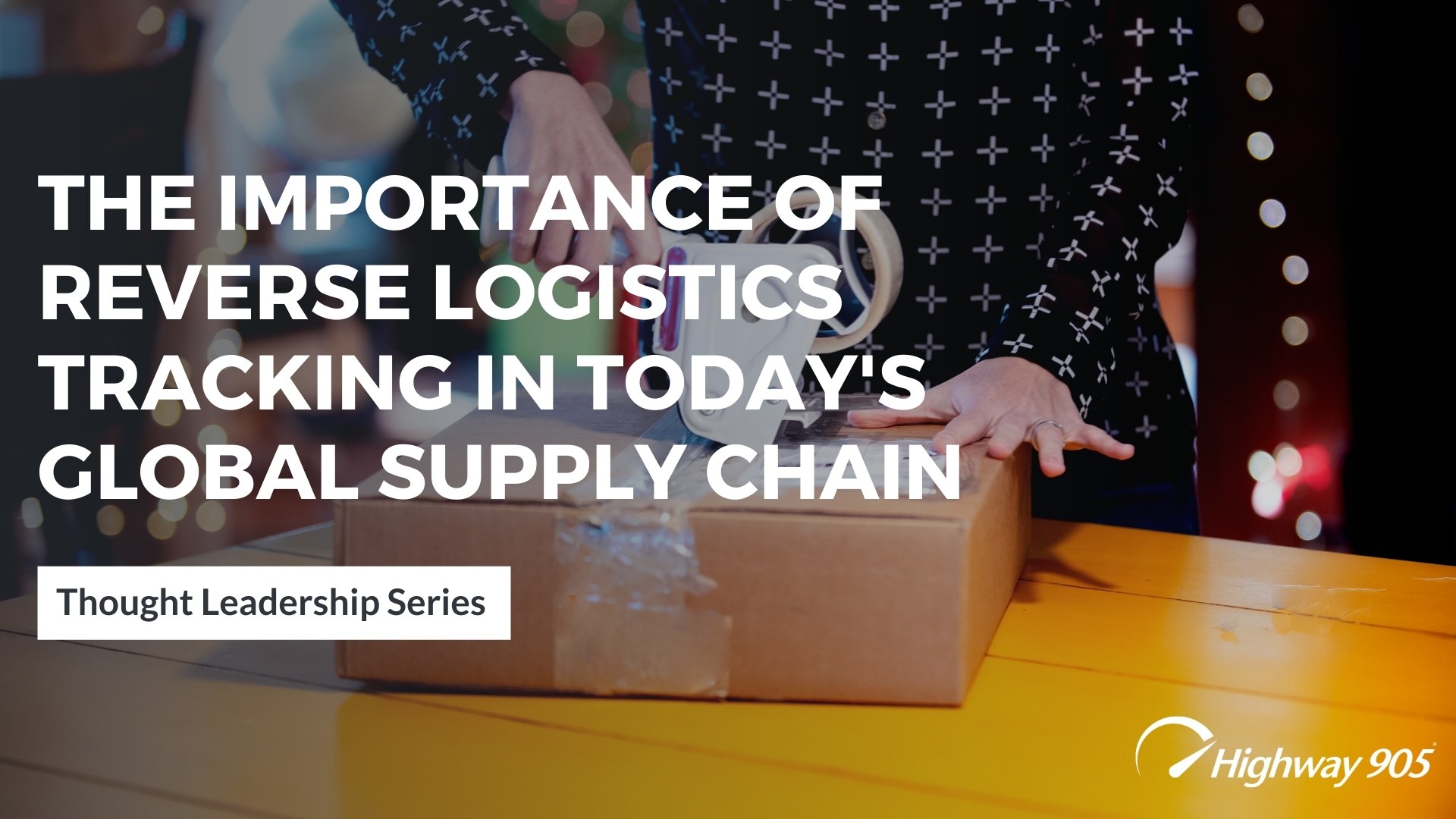
In today' world, every business can't afford to lose a single customer. If your company is like most others, you work hard continually providing excellent quality products and customer service—hoping your investments will be repaid with more orders in the future. But in addition to all that, today, the reverse supply chain efficiency also affects your customer loyalty as much as the other aspects of your sales process. A considerable delay in returns processing and credit settlement for customers may lead to loss of faith in your brand and which leads to a bad word of mouth publicity and leads to loss of potential and existing customers.
So, currently one of the biggest challenges faced by brands is how to handle customer returns. The costs associated with them can be significant, including restocking expenses and inventory losses. And, as per Shopify's report, 41 percent of customers buy items with the intent to immediately return which makes including the expenses associated with this as a part of initial budgets for brands operating globally, a must, from the beginning.
So, if you consider the scale of expenses that goes down in this channel, it makes reverse logistics tracking as one of the most important aspects of managing a successful global supply chain. This process involves monitoring and managing inventory, product returns, and customer service.
Reverse logistics tracking also helps to ensure that products are resupplied where they are needed and generates a better understanding of customer demand. Let's delve more into the details about reverse logistics tracking and why it is so important for businesses today.
The complex world of reverse logistics in today's global supply chain
Reverse logistics is the process of managing and organizing the flow of products and materials backward through the supply chain. This includes returning products to suppliers, repairing products, and disposing of products. It can be a complex process, as it often involves coordinating with different parts of the supply chain to ensure that products are returned where they need to go, and that inventory is properly managed.
Its complexity arises from the multiple stages and parties it involves. It can be difficult to track products and ensure that they are returned to the correct location. There are many factors that need to be considered, such as the type of product, product verification results, the shipping and returns process, and customs regulations. It's important to have a system in place for managing effectively the following reverse logistics operations:
Simplifying it with an efficient reverse logistics tracking software
Reverse logistics software can help you manage all these transactions by tracking products efficiently, reducing errors, and streamlining the process. You'll have a much better idea of where your inventory is at any given time, plus you can see how many times products are being shipped back and forth to customers after use. This gives you more information about customer demand which you can use to make decisions about distribution strategies or future production runs. Having this information also helps your company reduce costs because when you can determine where inventory is at all times, it makes it easier to reorder when necessary.
Tracking data collected from reverse logistics operations will give managers an idea of what types of products are most commonly returned and also help them in managing customer service inquiries and ensuring that customers receive the right response as quickly as possible.
These past few years have been quite challenging for the global supply chain and the changes that the customer buying behaviors underwent, have made having a system for tracking reverse logistics even more crucial today, more than ever. The goal of the global supply chain is to deliver products efficiently and at a low cost. If not managed properly this may lead to expensive and time-consuming processes for both the customer and the company.
So, if you feel that your reverse logistics can be streamlined and optimized even further then maybe it is the right time to think of a smarter and more dedicated reverse logistics tracking software and ensure that your inventory module is equipped with effective handling of the returns process and provides you end-to-end visibility across the stages of the process.
Explore our Highway 905® Reverse Logistics solution today or drop us a query at sales@highway905.com and we will schedule a call with our experts to find out how we can customize our solution as per your exact business needs.
And never miss any of our updates. Always be apprised of the latest from the supply chain and logistics industry.
President and CEO, Highway 905
Srini Vaidy is the President and CEO of the award-winning, cloud-based logistics technology provider Highway 905. He is an established innovator in the Supply Chain & Logistics space, with an ever-dying passion for coding and technology. For more than 30 years he has been ideating customer-centric and efficiency-driven supply chain execution solutions for the Fortune 500 to help them optimize their logistics costs and strengthen their competitive market position. With one eye on technological trends and the other on the happenings in the logistics space, he likes providing readers with an interesting perspective on the future of logistics industry.